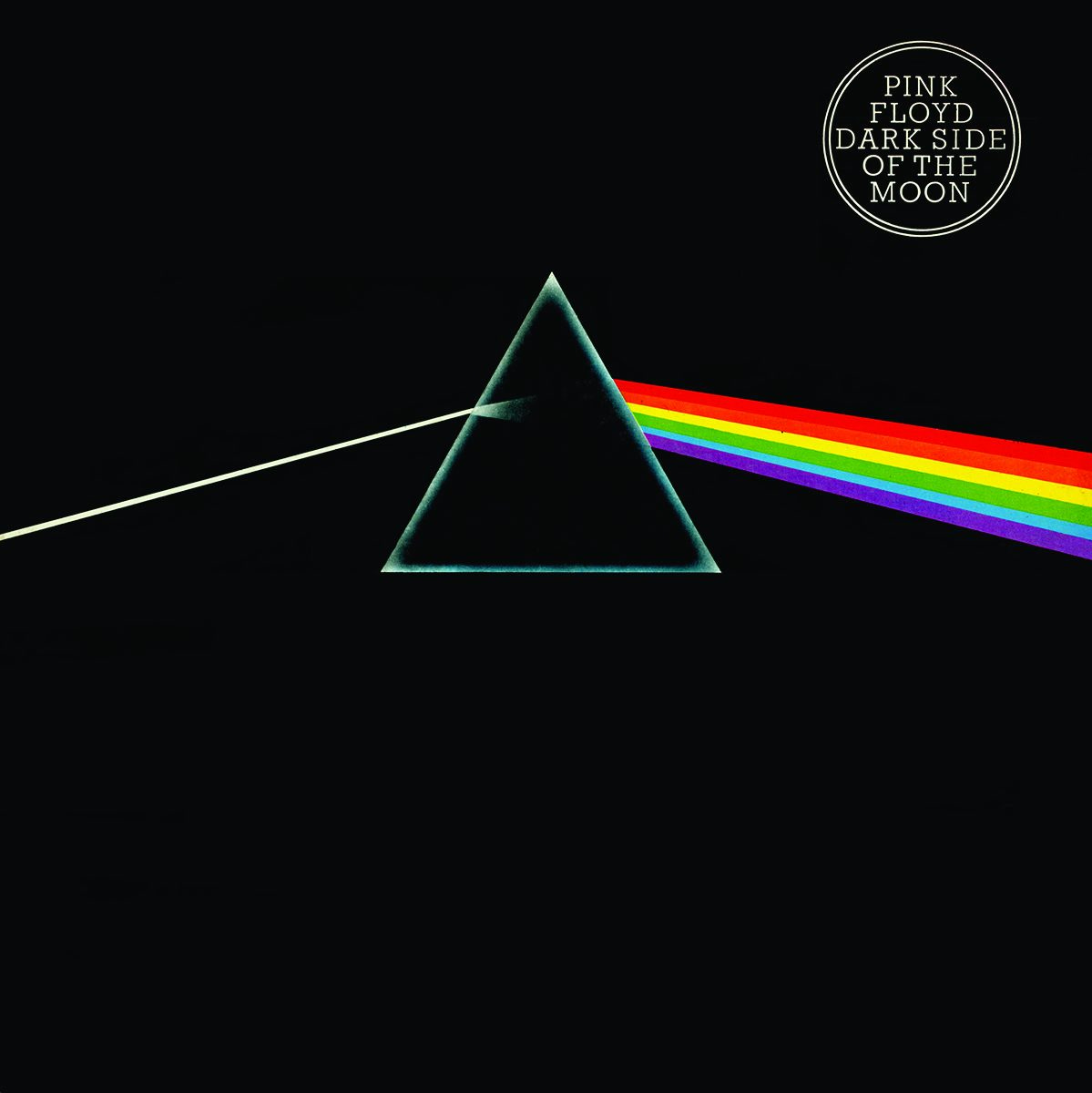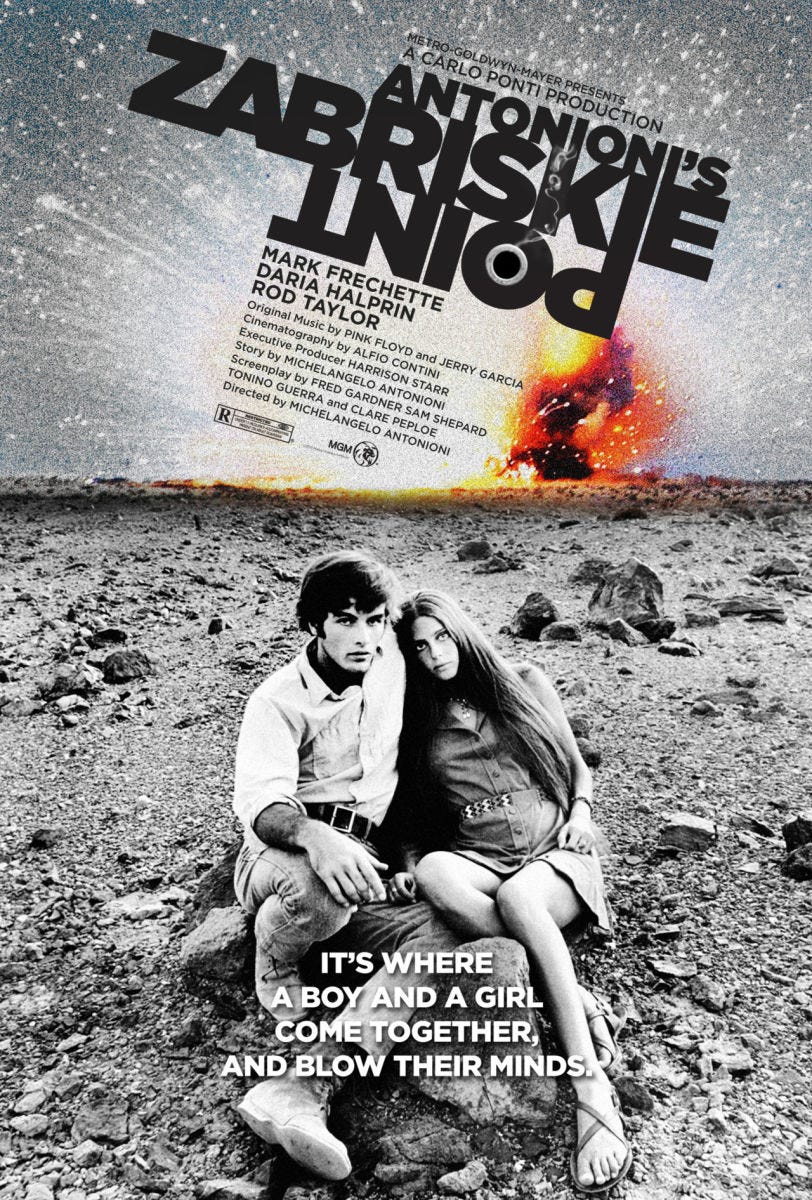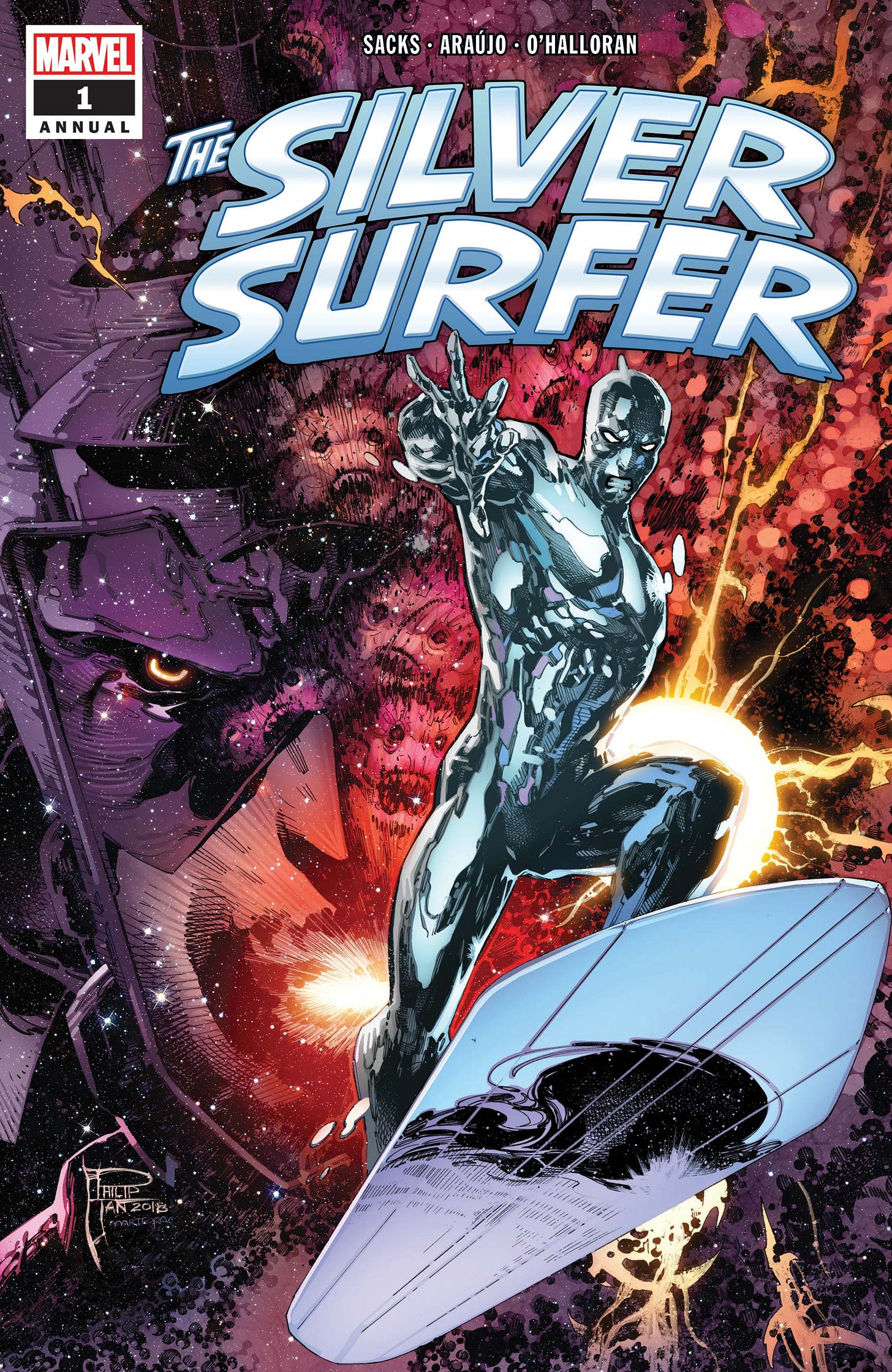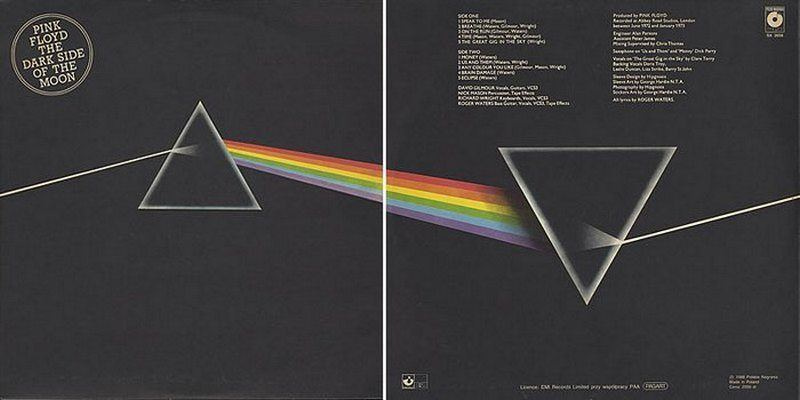The Dark Side of the Moon
OTD in 1973, the legendary Pink Floyd album Dark Side of the Moon went No.1 on the US Charts, staying there for an unprecedented 957 Weeks, the highest ever till date.
What’s good, people?
On this day in 1973, Pink Floyd’s iconic album- The Dark Side of the Moon reached No.1 on the US Charts, staying there for a record 957 weeks.
It ranks at #4 on the list of all-time highest-selling albums ever, having sold 45 million copies worldwide to date. The album is frequently considered as one of the greatest of all time, and its iconic album cover has been an inspiration for pop culture and merchandise manufacturers ever since.
In addition to its massive commercial success, Dark Side of the Moon was also a major transition in Pink Floyd’s positioning from an experimental, jam-oriented progressive band, usually beloved by college students and hippies, to a much more adult rock act, talking about conflict, greed, the passage of time, death and insanity, the latter inspired in part by Pink Floyd’s ex-frontman and co-founder Syd Barrett's deteriorating mental state.
While its commercial and critical success has been unparalleled, having propelled Pink Floyd to international fame, bringing wealth and recognition to all four of its members, here are a few things you probably didn’t know about the album.
It was the first to feature bassist Roger Waters as the Sole Lyricist
Roger Waters had been contributing lyrics to Pink Floyd albums since 1968’s A Saucerful of Secrets, but Dark Side marked the first time that the bassist took lyrical reins for an entire Floyd LP. Waters is quoted as saying:-
“That was always my big fight in Pink Floyd,To try and drag it kicking and screaming back from the borders of space, from the whimsy that Syd was into, to my concerns, which were much more political and philosophical.”
The Album was almost named ‘Eclipse’.
Although Eclipse is that last song in the album, the entire catalog was almost named so. From the beginning, the band had intended to call their new album Dark Side of the Moon , but when British heavy blues rockers Medicine Head released an album of the same name in 1972, it caused them to rename their project as Eclipse. David Gilmour, guitarist and co-lead vocalist said:-
“We weren’t annoyed at Medicine Head, We were annoyed because we had already thought of the title before the Medicine Head album came out.”
However, when the Medicine Head album failed and quickly sank into obscurity, Pink Floyd felt free to revert back to their album’s original title.
Floyd fans were first treated to Dark Side of the Moon in concert more than a year before the album was actually released.
Despite sounding like a sophisticated studio album, the band actually aired out all of the songs in concert, in the exact same sequence that they would appear on the album, more than a year before the album’s official release.
Dark Side of the Moon: A Piece for Assorted Lunatics premiered at the Brighton Dome on January 20th, 1972; and the band went on to perform the song cycle in its entirety in during the rest of their 1972 live dates.
They would eventually record all 10 of the album’s songs onto the same reel of 16-track master tape at Abbey Road, the famous studio which was the home of the Beatles.
Paul McCartney’s contributions to the album were deleted.
In an attempt to further tie Dark Side‘s songs together, Roger Waters came up with the idea of recording interviews with anyone working at Abbey Road Studios and asking them a series of questions about subjects ranging from favorite colors and foods to serious issues like madness and death; and then threading some of the interview snippets into the final mix.
Paul McCartney, who was at Abbey Road, was actually among the interviewees, but Waters deemed his answers unusable.
“He was the only person who found it necessary to perform, which was useless, of course, I thought it was really interesting that he would do that. He was trying to be funny, which wasn’t what we wanted at all.”
“Us and Them” was a reject from the 1970 movie- Zabriskie Point’s soundtrack.
“Us and Them” began life in 1969 as a piano-and-bass instrumental called “The Violent Sequence,” which as written by Wright and Waters and submitted for inclusion in the soundtrack of Michelangelo Antonioni’s counterculture drama Zabriskie Point.
While the Italian director would eventually include three Pink Floyd recordings — “Heart Beat, Pig Meat,” “Crumbling Land” and “Come in Number 51, Your Time Is Up” — on the soundtrack, he didn’t feel that “The Violent Sequence” was appropriate for the film.
In an interview for Classic Albums: The Making of Dark Side of the Moon, Waters recalled Antonioni saying,
“It’s beautiful, but too sad. It makes me think of church!” More than two years after it was initially rejected by Antonioni, the band revisited the demo and recast it as a moving meditation on war and poverty.
An image of the Silver Surfer was originally considered for the album’s cover.
With its evocative, eye-catching graphic of a prism turning light into color, Dark Side of the Moon‘s album cover is one of the most iconic designs to ever grace an LP.
So it’s interesting to imagine the album with an entirely different cover that would have featured an image based on the comic book character the Silver Surfer.
Aubrey Powell, who helped contribute to the album cover’s design said:-
“We were all into Marvel Comics, and the Silver Surfer seemed to be another fantastic singular image, We never would have got permission to use it. But we liked the image of a silver man, on a silver surfboard, scooting across the universe. It had mystical, mythical properties. Very cosmic, man!”
Dark Side of the Moon was the first Pink Floyd album to break into the US Top 40.
Given Dark Side‘s multi-platinum sales figures, and the impressive success of Pink Floyd’s subsequent studio albums, it’s easy to forget that the band’s first seven LPs all fared pretty poorly in the United States.
But thanks to a massive promotional push by Capitol Records, and regular spins of “Money” by American radio DJs, Dark Side of the Moon rose all the way to the top of the Billboard 200 within two months of its release and eventually went on to stay there for more than 950 weeks.
The Dark Side of the Moon is one of those rare albums which are critically and commercially successful, and will go down as the greatest of all time.
It’s pretty cool to think of the fact that it has been 48 years today, since it reached No.1 on the US Charts.











